Have you ever been confused by cuts of beef? You’re not alone. The average store carries over 60 different beef products, but they’re named differently by region and store (think KC Strip and NY Strip). Thankfully, there are some easy tricks to understanding beef cuts and how to cook each properly.
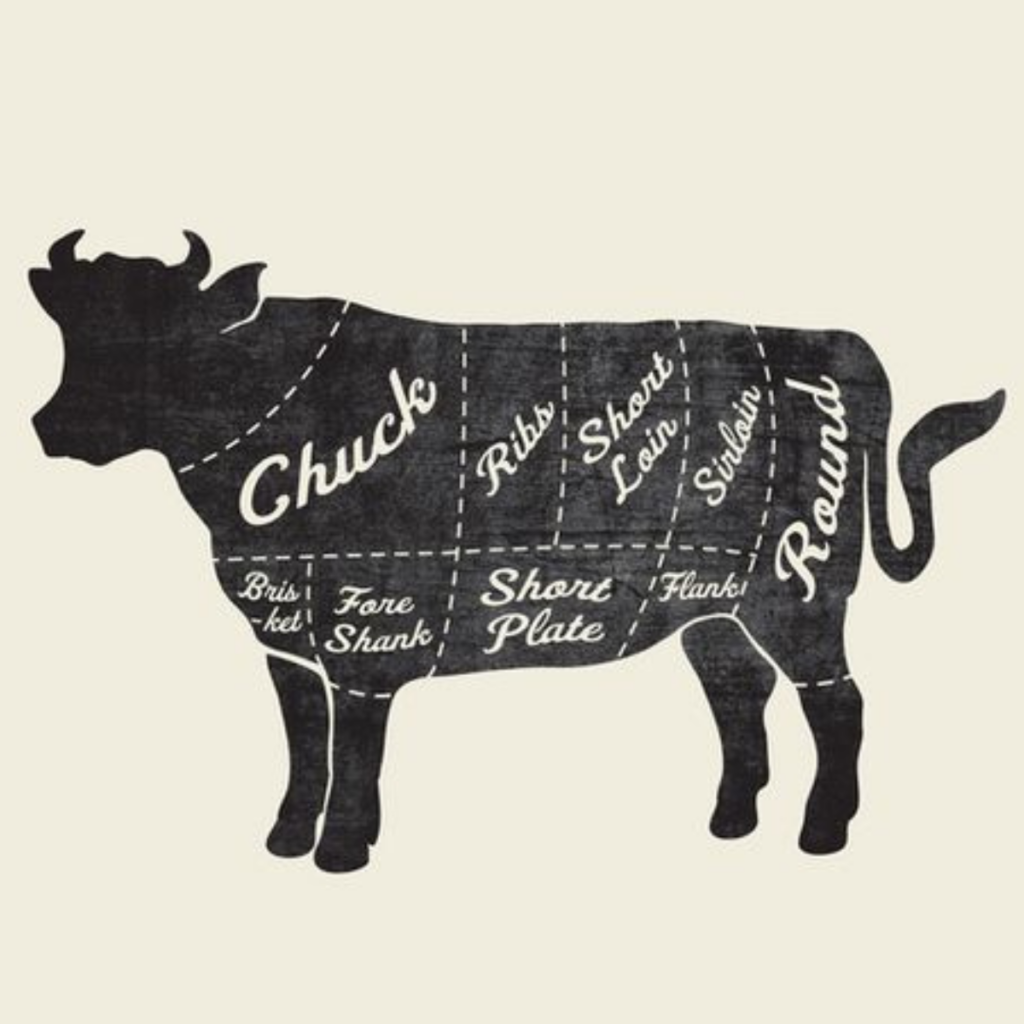
According to a recent study, many grocery stores carry more than 60 different beef products. That’s a lot of products for a consumer to understand and keep track of! Plus, grocery stores and butchers can name the cut however is best for their store or region (think KC Strip and NY Strip) so there isn’t always consistency between stores.
The good news is that although beef cuts have so many different names, there are some easy tricks to understanding the different cuts.
Jump to:
- What are the 8 cuts of beef?
- Video: The secret to understanding beef cuts
- What are the best cuts of beef?
- Chuck
- Brisket
- Shank
- Ribs
- Plate
- Loin
- Round
- Flank
- What is the tenderest cut of beef? Most flavorful?
- What are lean cuts of beef?
- What are the top 5 cuts of steak?
- What to look for when buying farm fresh beef from a farmer
- What to look for when buying beef at a store
What are the 8 cuts of beef?
The USDA divides a cow into eight regions. They are called the primal cuts, or the main cuts.
These eight are important. You need to learn them. If you do, you can easily understand everything you see at the grocery store.
Here are the eight primal cuts:
- Chuck
- Rib
- Loin (short loin and sirloin)
- Round
- Flank
- Short Plate
- Brisket
- Shank
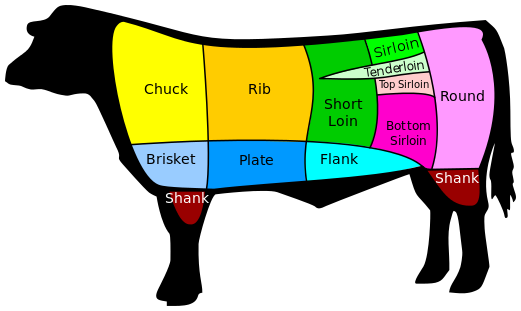
After the primal cuts, beef gets divided into subprimal cuts. A subprimal cut is a cut of meat larger than a steak, roast or other single cut, but smaller than a side of beef. A butcher often times starts with a sub-primal cut, and they cut it into the individual sizes you see in the butcher case, which are called portion cuts.
You buy and eat portion cuts. When you purchase from our family farm, Clover Meadows Beef, you get individually wrapped, portion cut steaks, roasts, ribs, and more.
Video: The secret to understanding beef cuts
What are the best cuts of beef?
The best cut of beef depends on what’s for dinner, the cooking method you want to use, personal preference and taste. In general, the “best” cuts are from the loin and rib section — which are cuts like ribeye and filet. A good rule of thumb to remember is that beef gets more tender (and expensive) as the distance from horn and hoof increases.
Here’s a little information about each of the primal cuts to help you know which cut is best for whatever you’re making.
Chuck
Chuck meat comes from the cow’s shoulder. Cows use their shoulder a lot, so it’s a tougher cut of beef. However, it’s also a very flavorful cut, and butchers cut it in a variety of ways so you have lots of options at the grocery store.
Types of cuts you’ll see for chuck are ground chuck (hamburger), flat-iron steak, chuck short ribs, shoulder tender medallions, chuck pot roast, blade roast, boneless chuck short ribs, stew meat, country style ribs, and top blade steak, just to name a few.
You should choose chuck beef when you want lots of flavor, but need to be cost conscious too.
Brisket
The brisket is the steer’s breast. Brisket is usually tough and contains a substantial amount of fat. But don’t let that fool you! Chefs know that if you tenderize it with a marinade or rub, and cook it low and slow, it’ll melt in your mouth. Brisket is primarily used for barbecue, corned beef or pastrami.
Cook a brisket when you want to cook low and slow.
Shank
The shank is located at the animal’s forearm in front of the brisket. It is one of the toughest cuts. One of the most famous dishes that comes from the shank is Osso Buco, which requires braising to make the meat more tender. Make stews and soups with the shank.
Ribs
The cow’s ribs and backbone make up the ribs. There are 13 pairs of ribs, but only the last section (6-12) are in the primal section of the ribs. The others are in the chuck cut.
Ribs have lots of flavor and marbling. Types of cuts you’ll see for ribs are Delmonico steak, boneless ribeye roast, cowboy steak, ribeye steaks and beef short ribs.
Choose ribs when you want a tender cut of beef with extra marbling.
Plate
The plate, or short plate, is the other source of short ribs and it’s found near the abdomen. It is fattier. Make fajitas, pastrami, skirt steak, Philadelphia steak and short ribs with this cut and you’ll be happy with the results.
Loin
The loin is where the most expensive cuts of beef come from. It is located at the top of the steer directly behind the rib, and since it’s not a heavily used muscle, it’s very tender.
The loin has two parts: shortloin and sirloin.
Popular cuts from the shortloin are filet mignon, tenderloin steak, T-bone, Porterhouse steaks, strip steak, New York Strip, and KC Strip.
Earlier we talked about how one cut of beef often has several different names. The shortloin is a great example of this.
A T-Bone and Porterhouse are from the shortloin. They’re the same steak. The only small difference is a Porterhouse is a larger version of the T-Bone.
Then, when you cut the beef out around the “T” bone, you get two unique cuts – a filet and a strip steak. A strip steak has lots of difference names too like New York Strip, Kansas City Strip, and hotel steak, just to name a few.
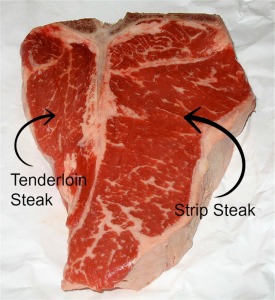
The sirloin area is a little less tender than the shortloin, but it’s also more flavorful. Common cuts from the sirloin area are sirloin steak, center cut sirloin steak, top sirloin, bottom sirloin, ball tip steak, Tri-Tip Roast and Tri-Tip Steak.
Cook a cut from the loin when you’re hungry for a flavorful and tender cut of beef.
Round
The round is a lean and inexpensive cut. It’s found at the cow’s rump and hind legs, so it’s sometimes tough.
When you’re at the grocery store, you’ll often see round sold as ground beef. Other common cuts are round steak, eye of round, tip steak, tip roast, top round and bottom round roasts.
Flank
The flank is located below the loin. It has no bones, and is very flavorful but also very tough.
It used to be less expensive at the grocery store, but this has started to change. Why? Flank steaks are known for being lean. Since consumers want lean meat more than ever before, it’s increased flank steak’s popularity and price.
Popular flank cuts are flank steak and London broil.
What is the tenderest cut of beef? Most flavorful?
Now that you know the regions, all you need to remember is that the more expensive steaks are cut from the center of the steer, which is the loin and rib section.
Why the center? Because beef gets more tender as the distance from horn and hoof increases.
When you look at a beef cut chart, you’ll see the loin and rib section are at the very top of the steer in the center. The center of the animal is the farthest away from the animal’s head and feet. These muscles aren’t used much, so the meat there is tender. A steer’s legs and neck muscles do most of the work, so the muscles there are firmer and the meat is tougher.
An example of the tender cuts in the loin and rib section are T-bone steak, strip steak, porterhouse, rib eye, rib steak and Filet Mignon. Is your mouth watering yet? It should be! You may also be looking for your wallet because you know these cuts are usually pricier.
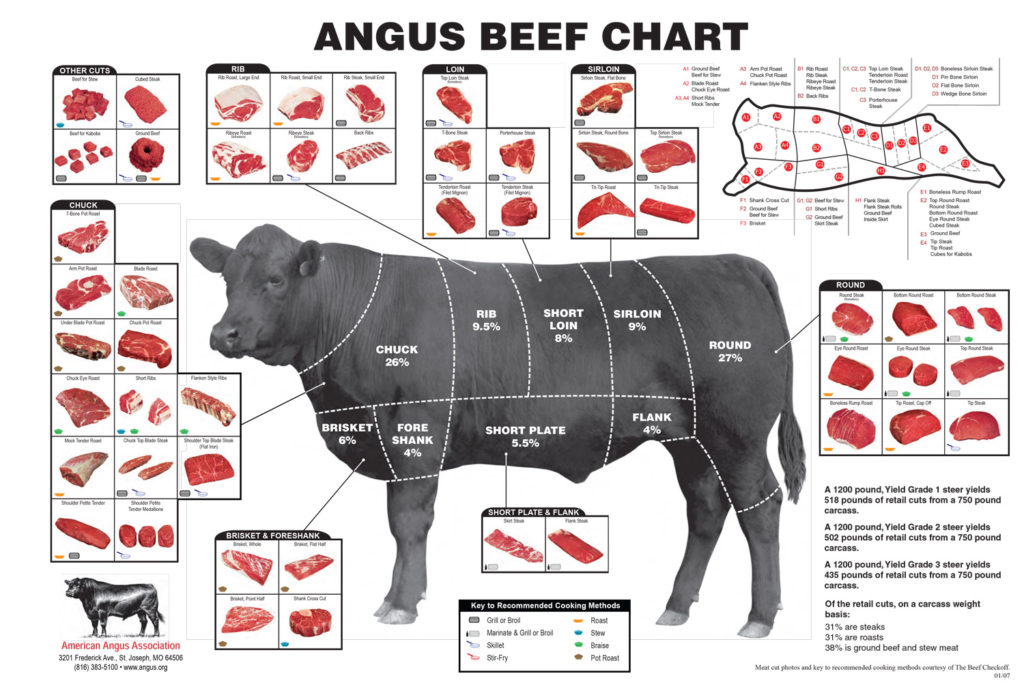
What are lean cuts of beef?
You may think red meat is off limits if you’re on a specialized diet, but lean cuts of beef can be part of a healthy diet too. Lean beef is a great option as it delivers more than 10 essential nutrients like protein, vitamin B12, selenium, zinc, niacin, vitamin B6, phosphorus, choline, and iron The number of cuts recognized as lean is increasing.
Thanks to careful breeding and feeding practices by farmers, and improved trimming practices by butchers, the number of lean beef cuts is increasing.
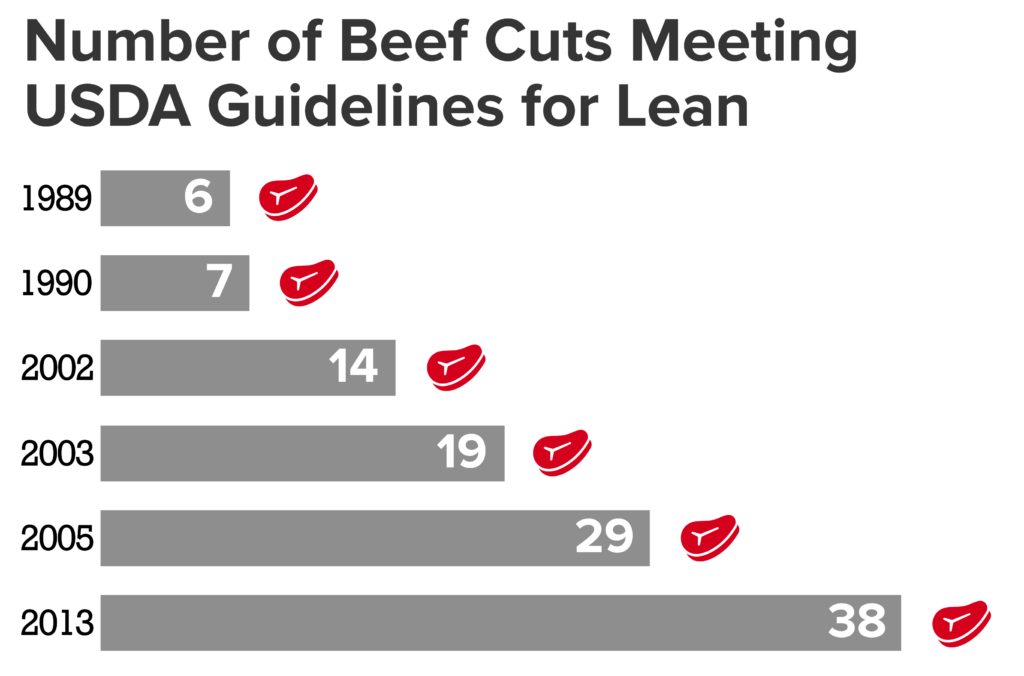
The labels on beef are subject to government regulations. The USDA regulates if a cut can be labeled as “lean” or “extra lean” based on their fat and cholesterol content. Note, beef grades (prime, choice and select) are not the same as the “lean” and “extra lean” labels.
You’ve probably seen beef labeled with lean or extra lean on the label. To be lean, 100 grams of beef has to have less than 10 g of total fat, less than 4.5 g of saturated fat and less than 95 mg of cholesterol. Extra lean beef has less than 5 g of total fat, less than 2 g of saturated fat and less than 95 mg of cholesterol.
Common lean cuts of beef are
- Eye of round roast and steak
- Sirloin tip side steak
- Top round roast and steak
- Bottom round roast and steak
- Top sirloin steak
What are the top 5 cuts of steak?
The top 5 cuts of steak for the grill are the Strip, Sirloin, Ribeye, T-Bone and Filet.
Each of these steaks has different qualities based upon where it is on the steer. However, it’s important to note that all of these cuts are from the center of the steer in the loin and rib section. One of our favorite ways to cook these cuts is on the grill, and we’ve talked about grilling steak in other posts.
What to look for when buying farm fresh beef from a farmer
If you want detailed information about buying a side of beef from a farmer, read how to buy a cow from a farmer.
One of the biggest things to keep in mind is that a steer is not all steak.
Let’s say you decide to purchase a one-fourth of a cow from our farm. With a quarter beef, you would get about 110 pounds of beef. Of this, 50 pounds would be ground beef, and the remaining 60 pounds would be steaks, roasts, brisket, etc.
It always suprises people that they can’t have the entire animal cut as their favorite cut. Remember, there are limits of each type of beef cut per animal. Back to our T-bone example above. If you’re working with a butcher, you can have EITHER t-bone steaks OR filets and strips. You can’t have both since all of those cuts come from the same section of beef.
If you’ve decided to purchase a quarter, half or whole beef, please visit our other posts on buying a cow so you can learn more about cut lists and questions to ask before purchasing.
What to look for when buying beef at a store
If you’re buying beef at a grocery store, here are a few pointers so that you’re not staring at the beef case.
- Is it cold? Beef should be cold from the time it leaves the butcher until you purchase it. If it’s not cold to the touch, don’t buy it.
- What color is it? You want beef to be bright red or purplish-red. Brown spots and other discolorations are bad.
- What’s the sell by date? Purchase beef before it’s sell by date.
- Do you see moisture? When beef is fresher, there is less moisture in the package.
- Do you see marbling? Marbling and fat are the white-ish colored lines you see in beef. You want it to be consistent and even throughout the beef. For lean cuts like sirloin steak, you want less fat. For tender cuts like ribeye steak and chuck roast, marbling makes it more flavorful and is why the beef will melt in your mouth.
- What’s the grade? The USDA grades beef so that you know the tenderness and amount of marbling in the beef. Prime is the highest grade and has the most marbling. Next is Choice and Select.
One more thing!
Do you want to learn more about beef? Join our weekly e-newsletter where we share farm happenings, recipes and beef availability. Sign-up and get a cheat sheet with 9-must-ask questions before buying beef directly from a farmer. Or, we have an entire ebook about beef that goes through purchasing and preparing beef from a cattle farmers perspective.
Here are a few other links you may like:
- What everybody ought to know about beef cuts
- Buying a Cow. How Much Beef Is It?
- 7 Steps to Grilling a Steak to Perfection
- How We Raise Our Grass Fed Beef
- Easy Beef Brisket Recipe (oven-roasted)
- The Best Farm Books for Kids
Disclosure: This post contains affiliate links. This means if you click on the link and purchase the item, we will receive an affiliate commission at no extra cost to you. All opinions are our own and we only recommend products that we truly believe in.
We participate in the Amazon Services LLC Associates Program, an affiliate advertising program designed to provide a means for us to earn fees by linking to Amazon.com and affiliated sites. See our disclosure policy for more details.
Pin it for later!
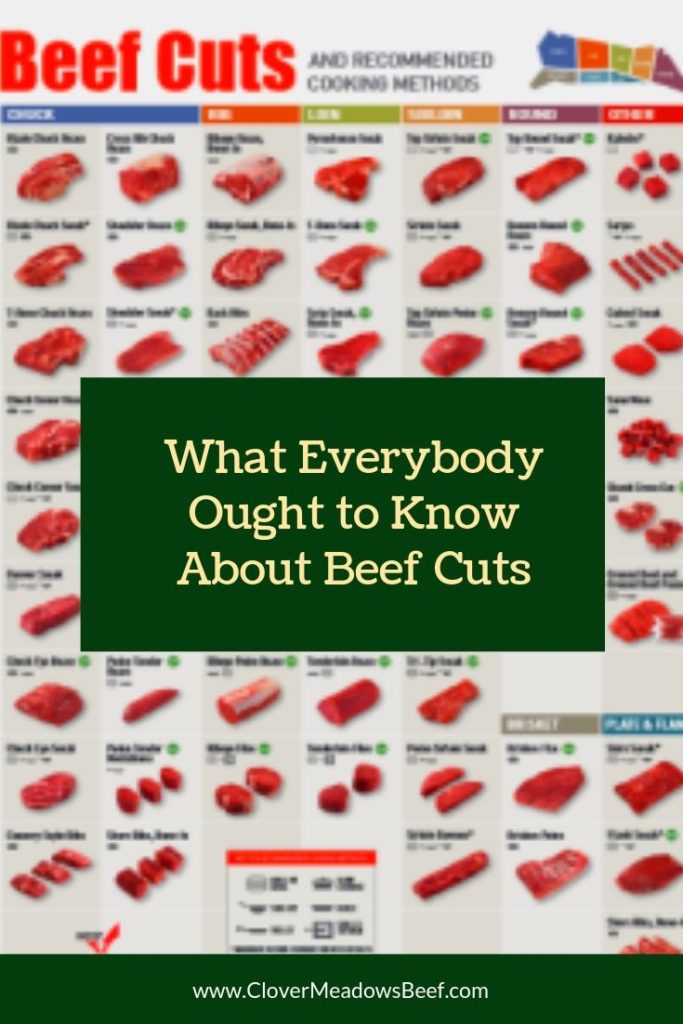
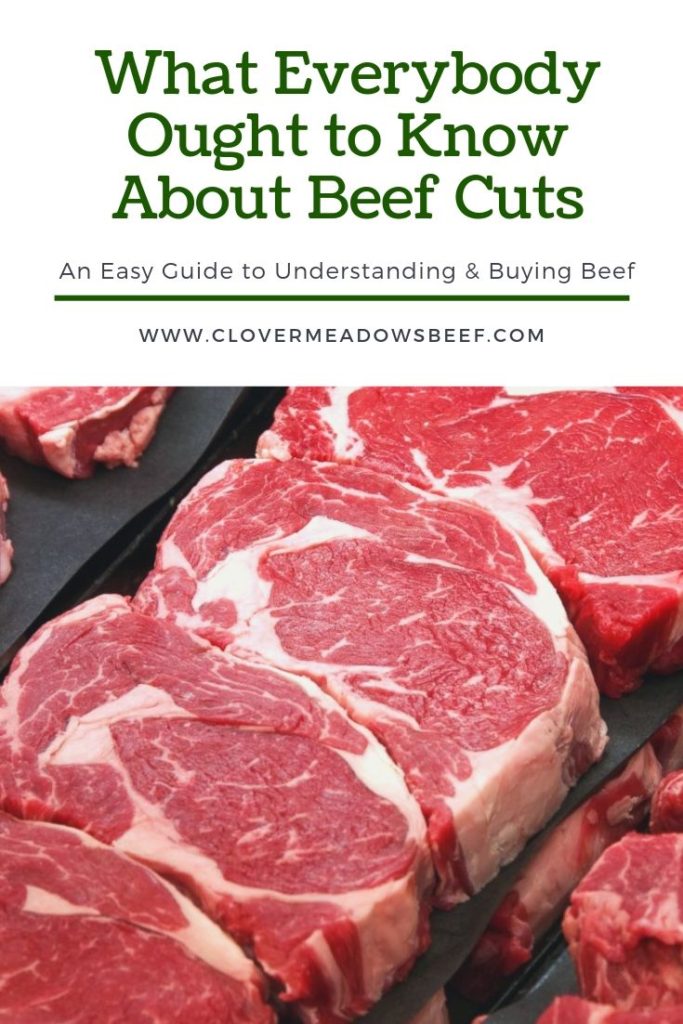
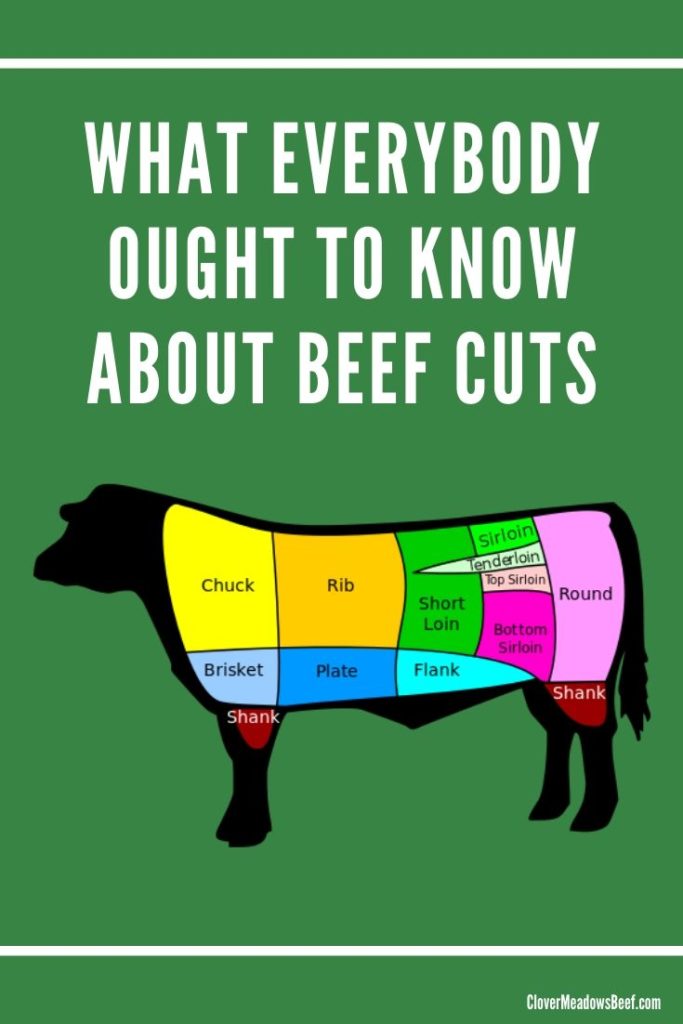
We participate in the Amazon Services LLC Associates Program, an affiliate advertising program designed to provide a means for us to earn fees by linking to Amazon.com and affiliated sites. See our disclosure policy for more details.


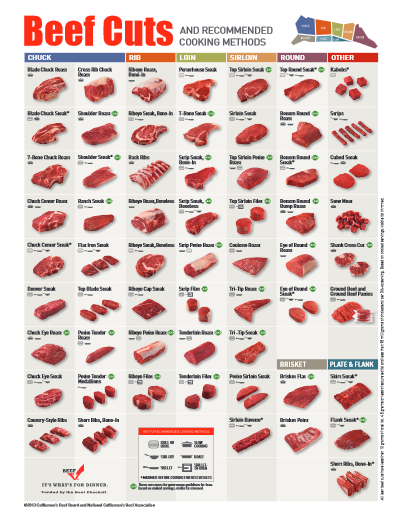
What an excellent and helpful article! Thank you for sharing so much informative and insight!
OPNV) AND EXTRACTVALUE(8167,CONCAT(0x5c,0x716b787071,(SELECT (ELT(8167=8167,1))),0x716b627071)) AND (8900=8900
OPNV